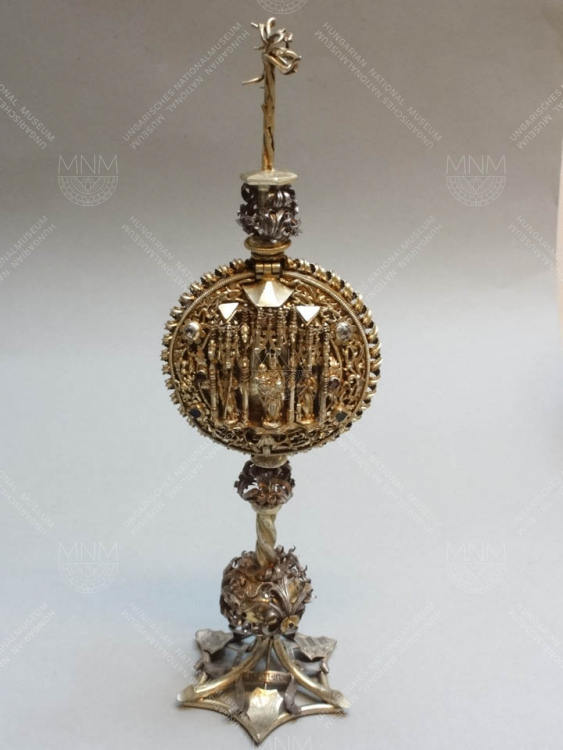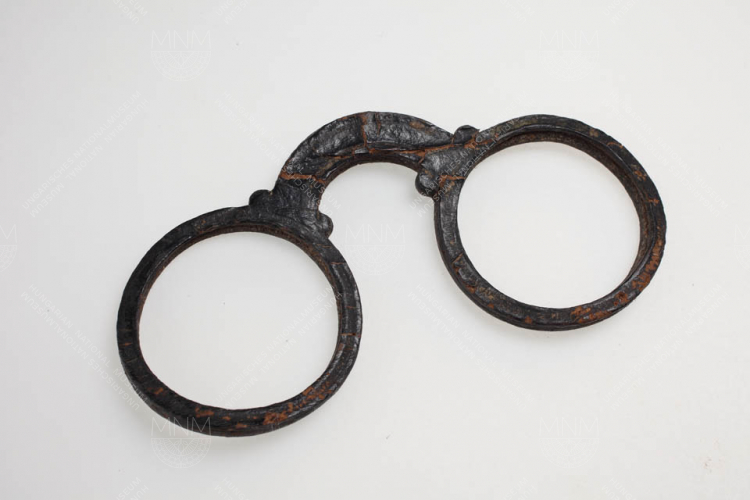
Room 4
With the help of artefacts which have survived from day-to-day life in villages and towns, the room presents changes that took place at this time in Hungary’s network of settlements and in the lifestyles of the inhabitants there. Heating facilities in village dwelling-houses became more efficient and convenient; this is shown by the spread of stoves. More and more liturgical artefacts were made for the churches of townsmen in this period, and these artefacts were of an increasingly good standard.
INTERESTING FACTS:
As regards village homes in the 15th century, a change occurred on the territories of the Great Hungarian Plain: ovens appeared that could be stoked from the bottom; these structures were characteristic in folk architecture in these parts until the end of the 19th century.
The Bártfa (Bardejov, Slovakia) book cupboard came to the Hungarian National Museum from the Church of St. Giles in Bártfa. Together with its books, the cupboard represented the first public library in the country. Following the Reformation, the town, which became Lutheran (Evangelical), opened the church’s library to its inhabitants; the books were growing in number at this time as works by the reformers were added to them.
The lettering of missals printed in the 15th century followed that of handwritten codices. Empty spaces were left in volumes for decorated capital letters and pictures; these were then painted in by hand.
Initially, the townsmen involved with long-distance trade were overwhelmingly of German or Italian descent and had family connections with many towns. Kinship links are proved by, for example, the tombstone of the Buda burgher Miklós Dobringer (Nicolaus Dobrynger): the coat of arms depicted on it can also be found in the Selmecbánya (Banská Štiavnica, Slovakia) law book, with the inscription ‘Jacob Dobrynger’.















